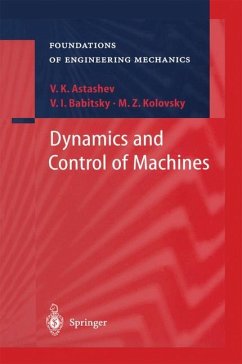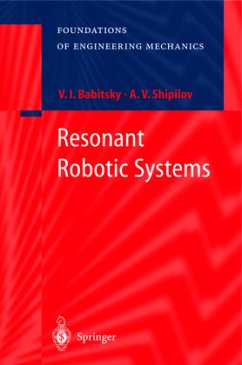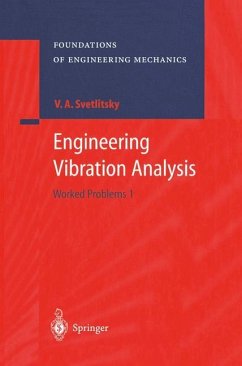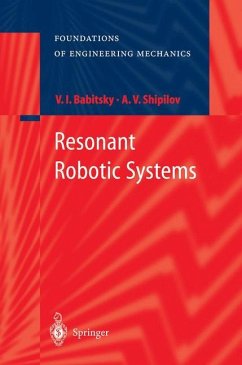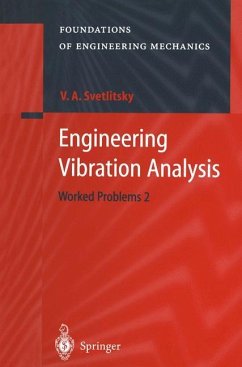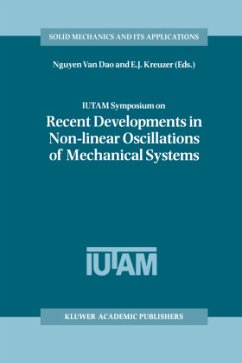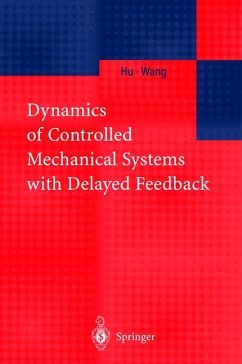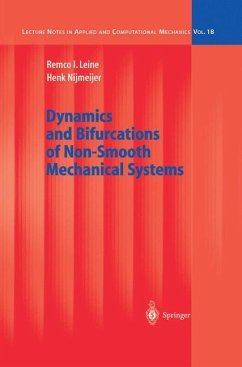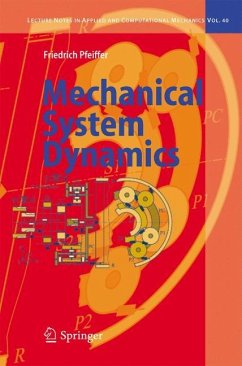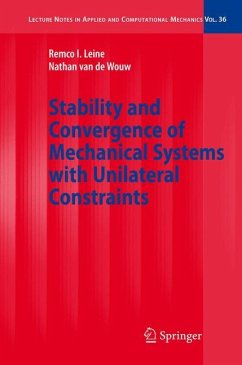
Dynamics of Mechanical Systems with Coulomb Friction

PAYBACK Punkte
58 °P sammeln!
This book addresses the general theory of motion of mechanical systems with Coulomb friction. In particular, the book focuses on the following specific problems: derivation of the equations of motion, Painleve's paradoxes, tangential impact and dynamic seizure, and frictional self-excited oscillations. In addition to the theoretical results, the book contains a detailed description of experiments that show that, in general, the friction force at the instant of transition to motion is determined by the rate of tangential load and does not depend on the duration of the previous contact. These re...
This book addresses the general theory of motion of mechanical systems with Coulomb friction. In particular, the book focuses on the following specific problems: derivation of the equations of motion, Painleve's paradoxes, tangential impact and dynamic seizure, and frictional self-excited oscillations. In addition to the theoretical results, the book contains a detailed description of experiments that show that, in general, the friction force at the instant of transition to motion is determined by the rate of tangential load and does not depend on the duration of the previous contact. These results are used to develop the theory of frictional self-excited oscillations. A number of industrially relevant mechanisms are considered, including the Painleve-Klein scheme, epicyclic mechanisms, crank mechanisms, gear transmission, the link mechanism of a planing machine, and the slider of metal-cutting machine tools. The book is intended for researchers, engineers and students in mechanical engineering.





